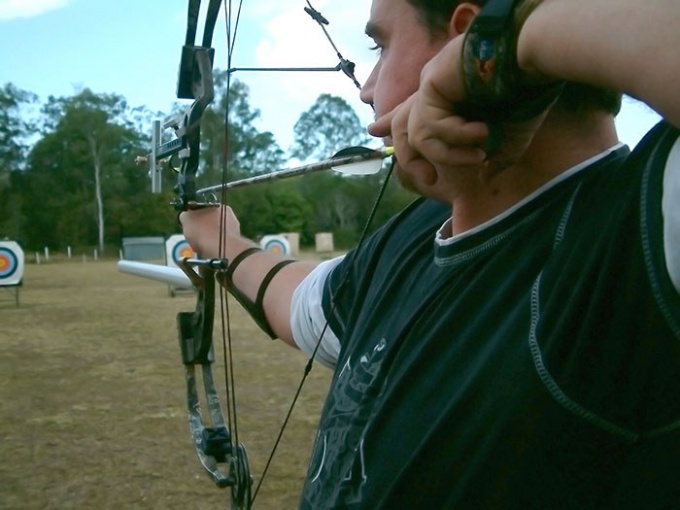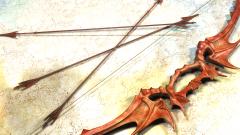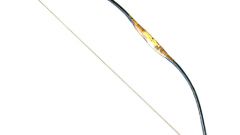You will need
- - axe;
- - plane;
- - hacksaw;
- - perhaps a knife;
- - broad and rather long Board;
- - nails;
- - wooden bars;
- - Kevlar or Dacron thread.
Instruction
1
Cut a blank for the shaft bow. This is best done in the winter in a strong frost. For harvesting suitable trees of different species: walnut, maple, birch, locust, etc, to zrobimy a fragment of the barrel was as straight, without major knots, tumors and other defects. Its length should be about 15 cm longer than your arm span (the average is 160-170 cm) and a diameter of 5-6 cm.
2
Dry the billet shaft bow. Do not remove or damage the bark before drying. Perform the circumcision of the ends with a hacksaw. The resulting smooth edges cover with paint, oil paint, melted wax or paraffin. Leave the wood to dry at room temperature for 3-6 months in an upright position.
3
Proceed to the production of the shaft bow. From two opposite sides of the workpiece, remove a plane at 1-1. 5 cm of wood. You should get the semblance of a Board with rounded edges, thickness 3 cm Mark in the middle. Start from the middle of 10 cm in each direction and mark these places.
4
Starting with applied marks, in the direction of the ends using the planer smoothly reduce the thickness of the Board to 2 cm Removal of wood must be done only from one side.
5
Similarly, treat the blank with each of the sides, leaving the thickness of the middle part 3.5-4 cm, and to the ends reducing to 2-3 cm the result is the shaft fusiform shape with smooth stop for the hands in the middle and elegant shoulders.
6
Prepare the fixture for bending the shoulders of the shaft bow. It could be several symmetrically arranged wooden bars, nailed firmly to the surface of the Board. Inserted between the shaft should take the desired shape.
7
Make a bending bow. Produce simultaneous and uniform deep steaming shoulders of the shaft. Length warmed over the steam of the fragments should be about 65-70 cm After Stripping, the shoulders will bend effortlessly.
8
Directly in the hot state Flex and lock the shaft into position. Dry it for about a week.
9
Prepare the site of attachment of the bowstring. Undercut the ends of the shaft of the bowand creating a small "step" or cover them with special metal caps.
10
Protect bow from moisture. Soaked the shaft with hot wax, paraffin or fat. Impregnation should be very shallow (1-2 mm).
11
Make a bowstring. Take a sufficient number of strong threads. Better if it is Kevlar. Also fit the Dacron and kapron. Hammer into a Board, four nails so that they were in the corners of an imaginary rectangle, the length of smaller sides of which is approximately 20 cm, and properiter equal to the length of the string.
12
Tightly wrap a few turns of thread on nails along the perimeter of the rectangle. Tightly tie the loose ends.
13
Run the filament winding turn to turn around the bowstring at opposite sides. The length of the wrapped areas should be 10-15 cm, Remove the string from the nails and stretch to its full length. Wrap it with thread at both ends, digressing a little from them to make a loop for which it will be attached to the bow. To strengthen the Central part (where the bowstring comes in contact with an arrow) wrap the thread and it.
Useful advice
Put the string on the bow just before shooting. Keep the bow off the string.


